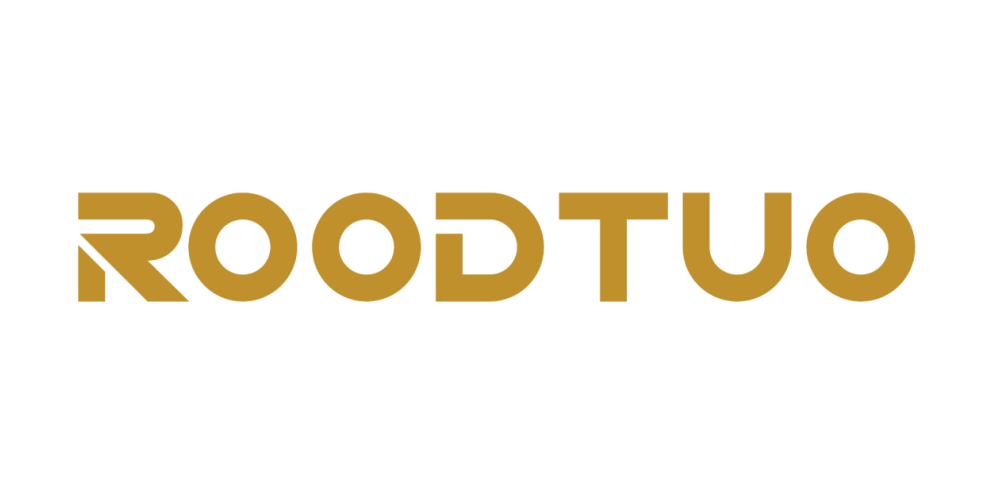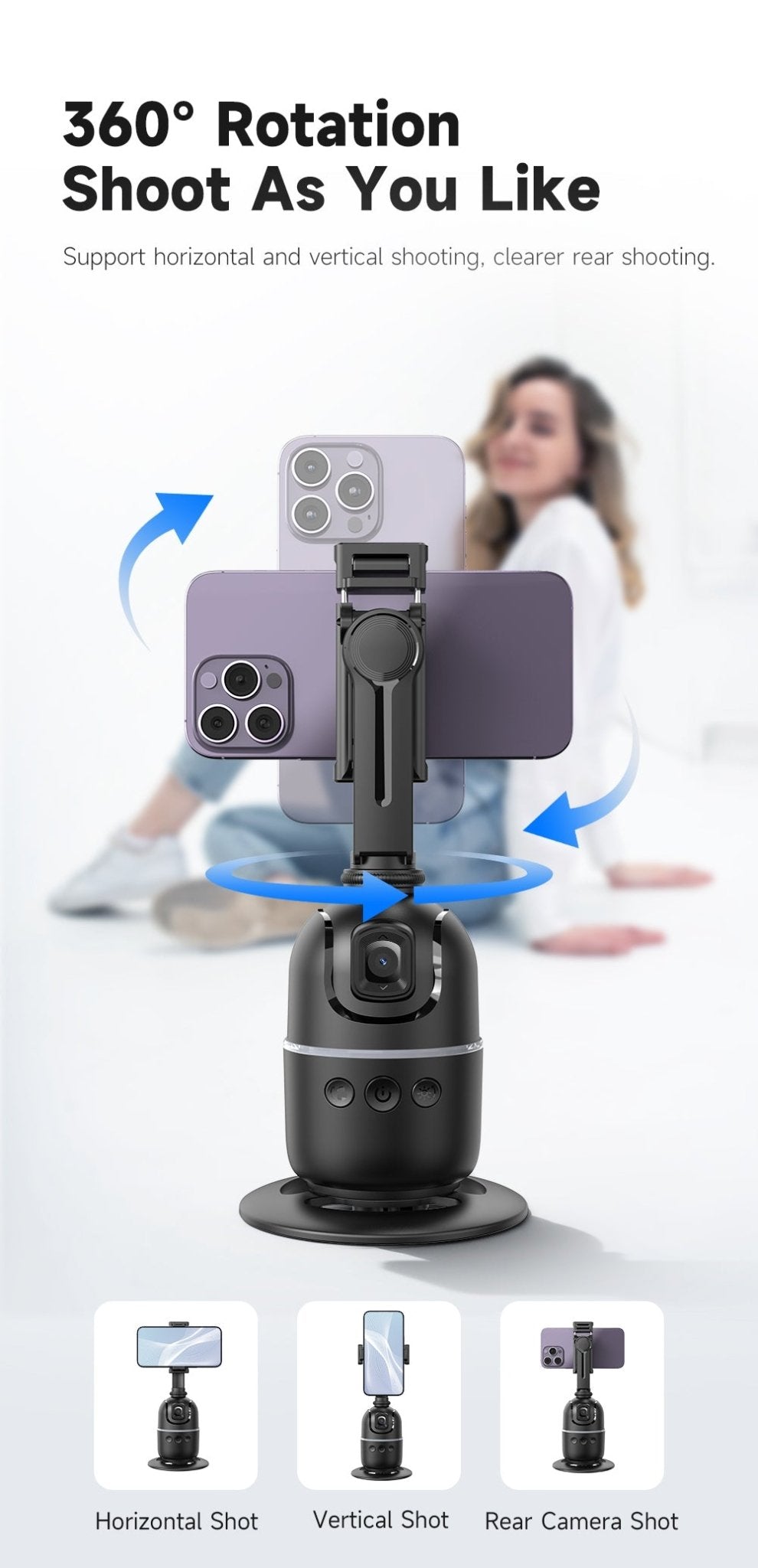In the world of content creation, choosing between vertical and horizontal isn’t just a technical decision—it’s a storytelling one.
Sure, we often hear that vertical is for TikTok and horizontal is for YouTube, but there’s more to it. The way you frame your video affects how it’s experienced. It influences emotion, pacing, viewer connection—even how long someone watches.
This blog explores how to think beyond platforms and make smarter, more intentional decisions when choosing your video format.
1. Don’t Just Shoot for the Platform
Yes, platforms favor certain formats—vertical works better on TikTok, Instagram Reels, and Snapchat. Horizontal remains the standard on YouTube and for cinematic content.
But platform should not be your only guide. Ask yourself:
What kind of experience do I want the viewer to have?
For instance, a well-composed horizontal video can still stand out on Instagram if it’s visually compelling. Likewise, vertical content on YouTube may look awkward—unless it’s framed for that space with a specific purpose.
Smart creators let story lead the format—not the other way around.
2. Why Vertical Feels Personal
Vertical videos fill a phone screen. It’s how we naturally hold our devices. This format brings the viewer closer to the subject, creating a sense of immediacy and intimacy.
Great for:
-
Talking-head vlogs
-
Live streams and stories
-
Reaction content
-
Portrait-style product showcases
Vertical is your go-to when you want to speak directly to your audience, make things feel raw and real, and keep things fast-paced.
But it also has limits. You sacrifice context, environment, and wide-angle storytelling.
3. Why Horizontal Feels Cinematic
Horizontal framing is how we watch movies—and it still brings that polished, immersive quality.
It gives space to show background, movement, and relationships between multiple people or objects.
Best for:
-
Travel vlogs and outdoor scenes
-
Demonstrations with hand movement
-
Conversations or interviews
-
B-roll and storytelling sequences
When you want to slow things down and invite the viewer into a larger world, horizontal is the way to go.
4. Format Affects Emotion
The way you frame content changes how your audience feels:
-
Vertical feels like presence—you’re in the moment, face-to-face.
-
Horizontal feels like perspective—you’re observing the bigger picture.
Imagine filming a surprise birthday scene:
-
Vertical captures the person’s shocked face up close.
-
Horizontal captures the full room, the crowd, the cake—it becomes a scene, not just a moment.
Your format choice isn’t just visual—it’s emotional.
5. Tools That Make Framing Easier
Modern mobile gear lets you switch between formats in seconds. Whether you use a tilt-adjustable tripod, a universal phone clamp, or a gimbal with auto-rotation, the key is to plan ahead.
Useful tools:
-
Smartphone tripods with removable or rotating heads
-
Phone holders with both portrait and landscape support
-
Apps that let you reframe shots in post-production
Tip: Always compose your shots with “safe zones” in mind, so you don’t lose key visuals when cropping for another platform.

Conclusion: Your Frame Is Your Story
Choosing vertical or horizontal isn’t about following a trend. It’s about understanding what your story needs.
Want intimacy and directness? Go vertical.
Want depth and visual context? Choose horizontal.
And sometimes, you might need both.
The best creators speak both visual languages. They don’t just shoot—they frame with purpose. So the next time you press record, think beyond the aspect ratio. Think about the story.


Share:
Why Height Matters: The Often-Ignored Element of Camera Composition
How Professional Creators Plan Their Shots: From Gear Setup to Frame Lock